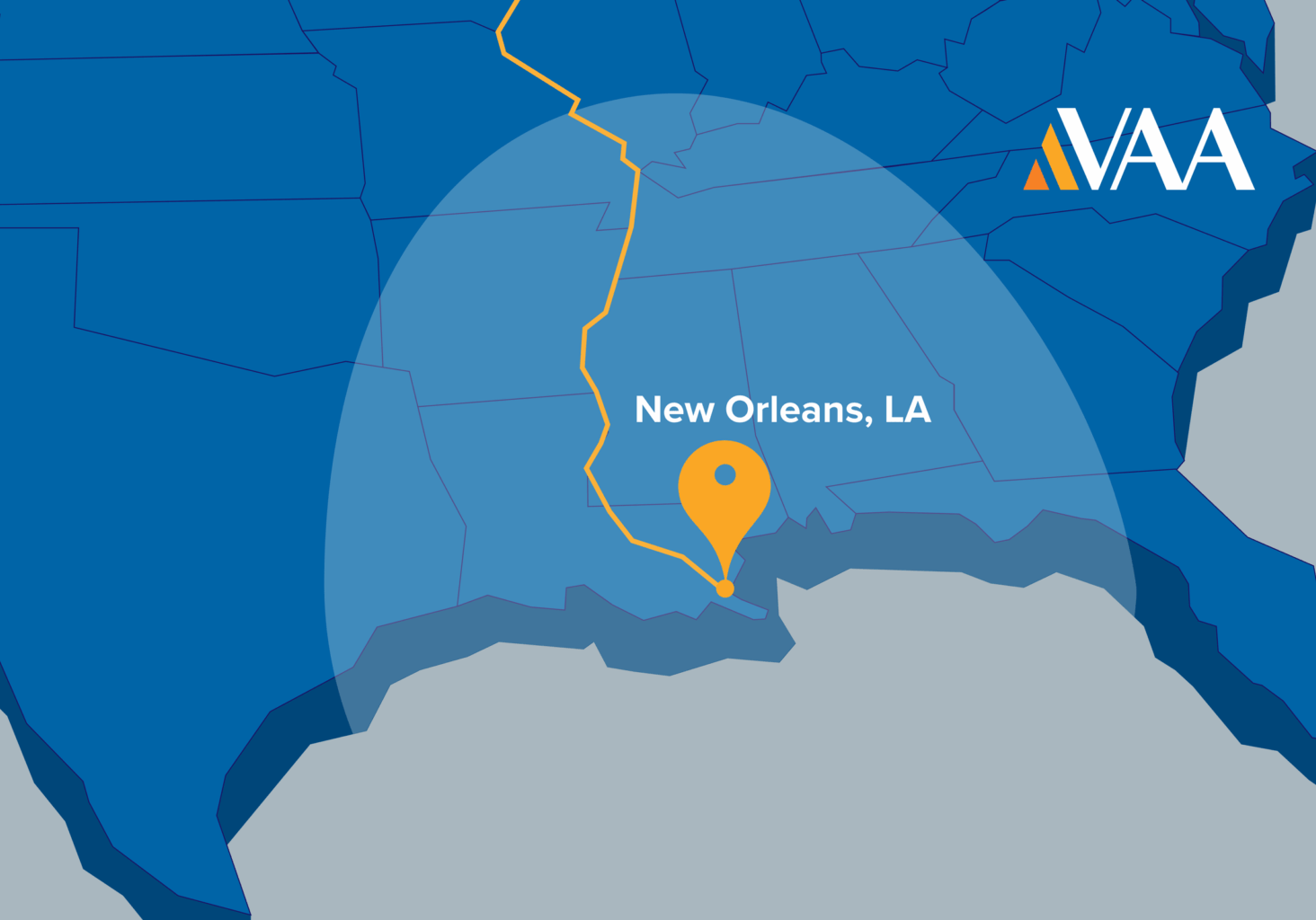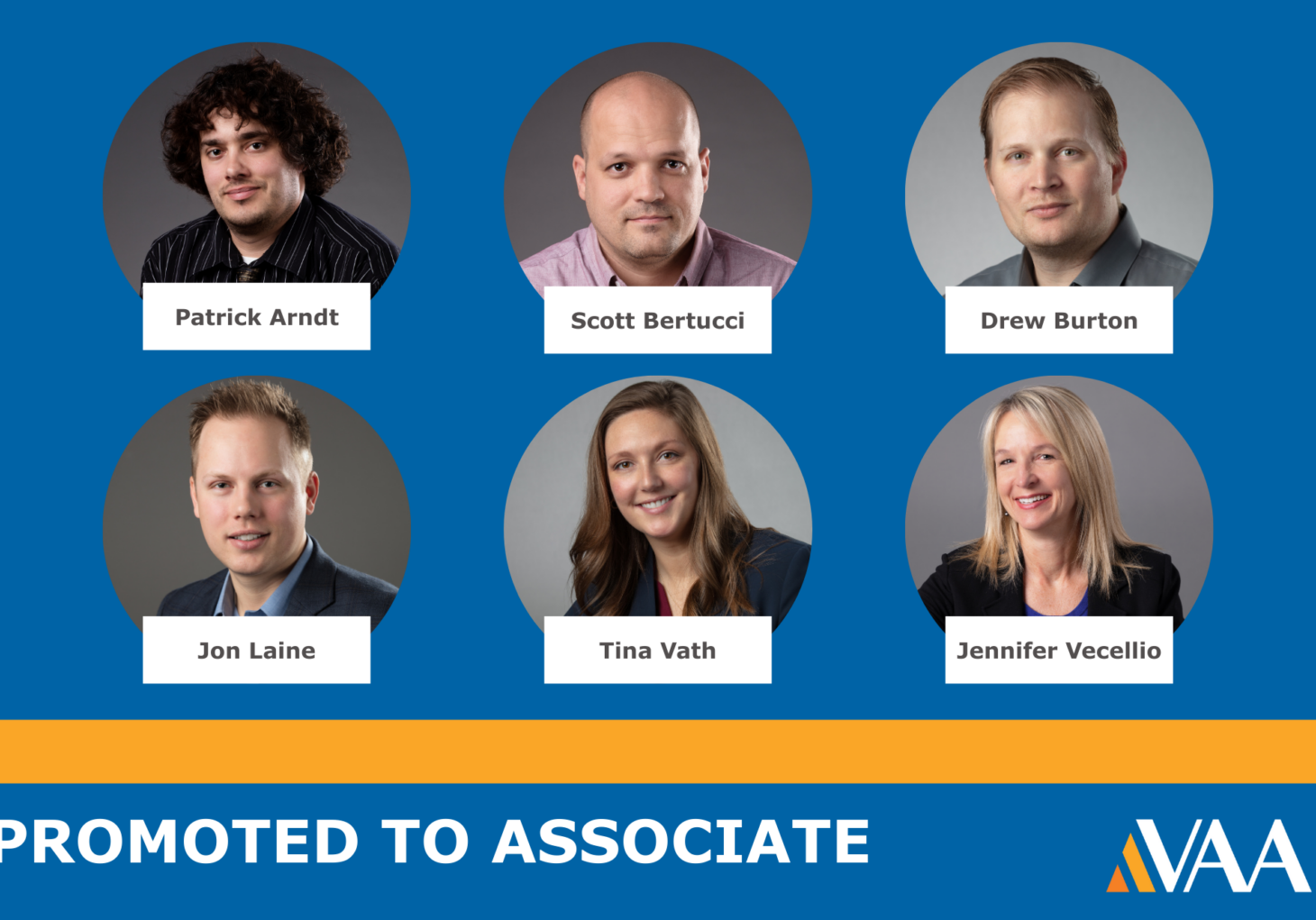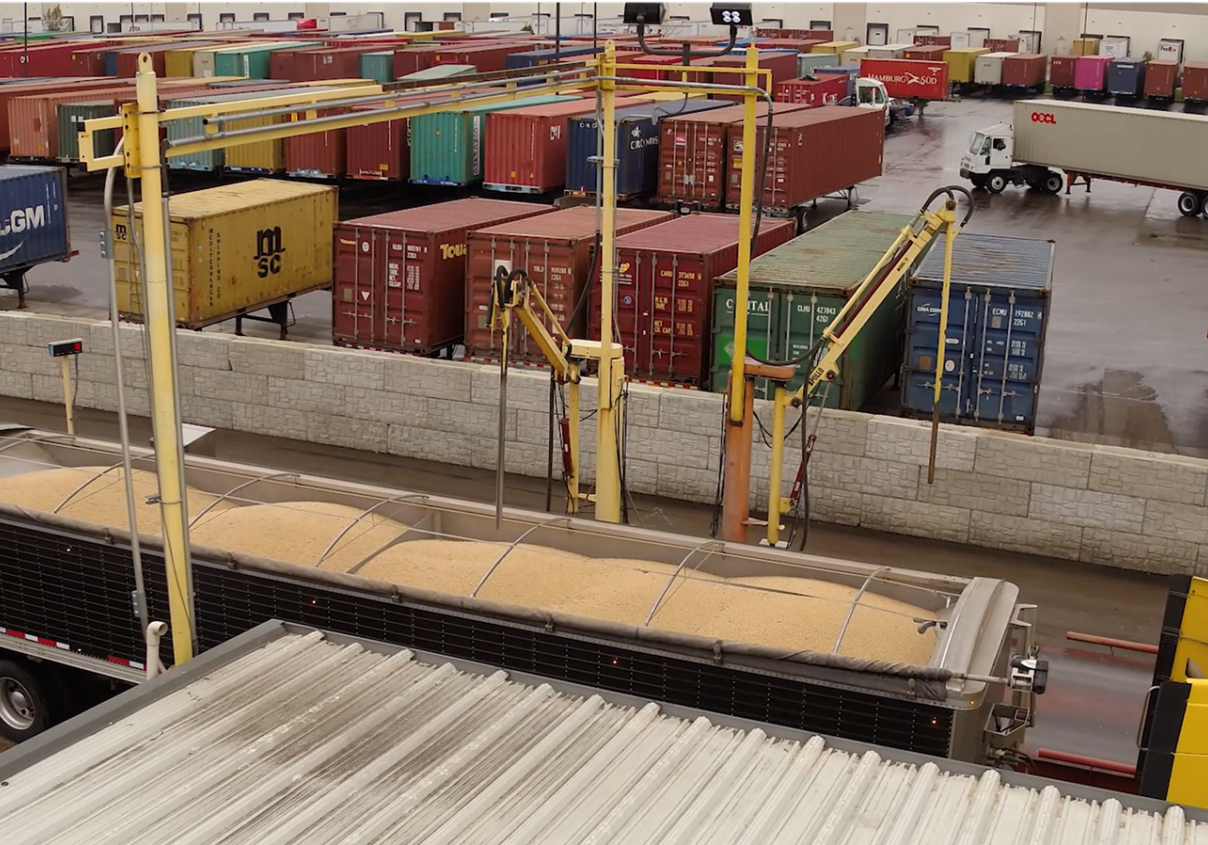VAA News | June 22, 2018
Playing by New Rules: How NFPA 652 Impacts Your Facility
 According to the National Fire Protection Association (NFPA), 50 combustible dust accidents occurred in the United States alone between 2008 and 2012. To continue improving and reducing hazard risk in agricultural facilities, the NFPA reviews and updates their guidelines every three years. The latest, 2016 edition of NFPA 652 Standards for Combustible Dust introduces the use of a Dust Hazard Analysis (DHA). This edition’s NFPA 652 update impacts existing and new facilities that combat dust-related hazards as a result of their processes. The NFPA now advises commissioning a DHA once every five years.
According to the National Fire Protection Association (NFPA), 50 combustible dust accidents occurred in the United States alone between 2008 and 2012. To continue improving and reducing hazard risk in agricultural facilities, the NFPA reviews and updates their guidelines every three years. The latest, 2016 edition of NFPA 652 Standards for Combustible Dust introduces the use of a Dust Hazard Analysis (DHA). This edition’s NFPA 652 update impacts existing and new facilities that combat dust-related hazards as a result of their processes. The NFPA now advises commissioning a DHA once every five years.
WHAT IS A DHA?
A DHA documents potential fire, flash fire and explosion (or dust deflagration) hazards. All potential hazards are placed in one of three general categories: Not a hazard, Maybe a hazard or Deflagration hazard. In existing facilities, a licensed professional will conduct a site visit to observe the process, categorize potential hazards and provide any recommended administrative or engineering safeguards to reduce the risk of deflagration. For new facilities or facility expansions, a licensed professional can assess and incorporate safety measures in designs based on the local jurisdiction and building codes.
When considering commissioning a DHA, reach out to the Authority Having Jurisdiction and a licensed professional. These entities will confirm which codes and guidelines are used in the jurisdiction and if a DHA is required for a project. To perform the DHA and offer practical solutions, engage a licensed professional that specializes in the industry, such as an architect, mechanical engineer or fire protection engineer. A qualified professional will be knowledgeable about the facility process and have a thorough understanding of local and state codes.
EXISTING FACILITIES: OPERATIONS & HOUSEKEEPING PROCEDURES
Often it is not the design but the lack of consistent maintenance in existing facilities that poses risk. When conducting a DHA, the difference between the Maybe a hazard and Deflagration hazard categories is frequently proper maintenance and scheduled inspections of the equipment and associated safety features. To effectively manage hazards in a facility, DHA inspections will look for the following safety practices:
- Set schedules for cleaning and maintenance
- Cleaning thoroughness
- Lock out / tag out procedure for equipment cleaning
- Vacuuming for dust removal
- Pressure relief ventilation
NEW FACILITIES OR EXPANSIONS: CONSIDERATIONS FOR OWNERS & FACILITY MANAGERS
Part of the NFPA 652 – Annex B states the “purpose of a DHA is to identify hazards in the process and document how those hazards are being managed.” For new construction, earlier is best for making hazard management design decisions. Recognizing and addressing dust hazards in the preliminary design phase of a project can lead to cost and time savings. Including features in the initial facility design like appropriate ventilation and use of a vacuum system for dust removal will reduce the need for future retrofits. Keep maintenance and hazard management integrated in a project by considering the following questions in early phases:
- What dust hazard codes, standards or guidelines must be met in the facility design?
- How are potential hazards managed within the process?
- What maintenance and/or housekeeping programs will be needed for safe facility operation?
LEARNING FROM A DUSTY PAST
The continued development and updates of the NFPA guidelines are, at least in part, developed as a result of past, unaddressed facility hazards. As a preventative measure and code improvement, NFPA 652 recommends DHA inspections are conducted once every five years. However, only some state and local jurisdictions have adopted NFPA 652 as a requirement.
It is important to note the relationship between NFPA guidelines and the International Building Code (IBC). IBC dictates the industry standard and references other guidelines to bring new versions into their requirements. NFPA 652 is not yet directly referenced in the current IBC requirements. While this means DHA’s are not currently required by the IBC, there are a few compelling reasons to get ahead of the regulation.
- Safety
Tracking and mitigating the accumulation of dust at your facility is critical to the safety of the operators. A DHA can help prove a facility is compliant or identify areas of concern and offer solutions. The painful results of ignoring potential dust hazards can include costly equipment failure, dust deflagration and, most importantly, loss of life. - Project Schedule
Depending on the local codes and jurisdictions, Code Officials may be working from the new guidelines. In that case, officials can deny a building permit if a DHA has not been completed. The delay will set new facility and expansion projects back in time and expense. - Expert Predictions
Based on the trend of previous updates, it is likely that the 2016 edition of NFPA 652 will be standardized and referenced in the IBC code by 2021. Keeping up with dust hazards and related guidelines will lead to safer facilities and fewer future project / maintenance hassles.
About the Authors
Doug Rohkohl
As a Senior Designer at VAA, Doug regularly works with owners and design-build contractors to design feed mills, grain elevators and other agricultural bulk material handling and processing facilities from early stages of project conception through final design and construction. Doug’s 15 years of experience in agribusiness has translated into a comprehensive understanding of how different construction methods; material handling and process systems; and the NFPA affect design. His favorite part of the job is meeting with plant managers at their facility to understand challenges and work together towards improving operations.
Eric Peterson
Eric has two decades of domestic and international experience, including feed mills, grain export terminals, flour mills, bulk storage facilities and specialty slipform structures. Versatile in managing both engineering and construction efforts, he understands the details needed to fulfill design, constructability,
procurement and cost estimating activities. A member of the NFPA, Eric’s knowledge of material handling, mechanical and structural engineering is complemented by his technical skills in AutoCAD, P6 and Hard Dollar. Prior to joining VAA, Eric worked for a design-build contractor where he developed design concepts with clients and coordinated design and construction efforts with equipment vendors and subcontractors. Clients appreciate his global understanding of the design / construction process to accomplish operational goals and challenging facility requests.
Share with a Friend
Let's connect.
Whether you need a new or expanded facility, a process designed or debottlenecked, life safety or structural analysis… VAA can help you grow.



![[TEMPLATE] Top Workplaces Awards (1) [TEMPLATE] Top Workplaces Awards (1)](https://vaaeng.com/wp-content/uploads/bb-plugin/cache/TEMPLATE-Top-Workplaces-Awards-1-landscape-4178622959a03a1338068bf56f8f5d6e-.png)


